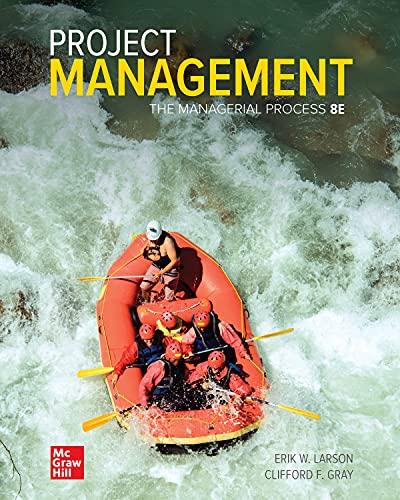Amy Larkin, a first-year MBA student at a lending Eastern business school, was confused by her last
Question:
Amy Larkin, a first-year MBA student at a lending Eastern business school, was confused by her last finance class. The focus of the class had been a case involving Great Valu Variety Stores (Great Valu), a retailer that appeared to be having operating problems in its smaller stores while at the same time opening much larger new stores 1 (Exhibit 1).
The class had been asked to calculate a number of financial ratios using the company's financial statement data. The profitability picture of Great Valu was analyzed by calculating (1) the net profit margin, (2) the return of shareholders equity, and (3) the return on assets for each year. Turnover information was derived from the (4) accounts receivable collection period (days' receivables), (5) inventory turnover, and+A215 (6) total assets turnover ratios. Insight to Great Valu's liquidity came from a look at the firm's (7) current ratio and (8) quick (acid-test) ratio. An understanding of the company's solvency was gained by calculating ratios such as (9) total liabilities/owners' equity and (10) long-term debt/capitalization (where capitalization to the sum of long-term debt and owners' equity) 2.
In Amy's opinion, in general, these ratios had indicated a deteriorating situation. In contrast, instructor prepared handouts distributed in class showed an over-all improving net working capital balance (Exhibit 2). Amy was puzzled by this trend. The instructor's handout was developed using annual changes in balance sheet amounts and selected income statement data (not shown). For example, the proceeds from issuance of debt line was derived from the change in the debt amount reported on the company's comparative balance sheets. The balance sheet changes plus the selected income statement items were grouped into two categories: sources of funds and uses of funds. The instructor had explained that sources of funds were increases in liabilities and owners' equity balances and increases in asset balances. The income statement items were non-cash expense and revenue items as well as the increase in retained earnings due to net income.
Amy believed there was a superior way to analyze the working capital changes at the company. In an earlier accounting class, the class had explored the statement of cash flows. In particular, the class had found on the cash flows from the operations portion of the statement. Amy suspected she would have a better understanding of the company is she prepared a statement of operating cash flows using the information in the instructor's handouts. 3
1. During the last six years Great Valu had closed many of its smaller limited line stores located mainly in small towns and replaced them with fewer large full line stores named Giant Valu stores. A great Valu executive was quoted as saying, "we are still relatively new to the full line store field, but we intend to stay and to improve each year". When asked if the company intended to continue to provide store credit to customer the executive replied, "Yes-it is a distinctive service we offer to our valued customers".
2. The instructor has prepared a statement of funds, flows; Funds were defined as balance sheet amounts. Changes in balance sheet amounts were called funds flows. The heading listed on the handout, "Statement of Changes in Financial Position" reflects this view of funds and the methodology used to construct Exibit2. "Statement of Financial Position" is the more formal name for the balance sheet.
3. Once Amy started preparing the operating cash flow portion of the statement of cash flows, she quickly realized that the sign of the working capital charges into the instructor's handout had to be reversed when preparing the statement of operating cash flows.
-1.png)
a Each fiscal year began of February 1 of the year shown a the top to the column, and ended January 31 of the following year. Source: Company Form 10-0K's 1998-2006.
-2.png)
Required:
1. Calculate for your-self the 10 ratios mentioned in the case for the period 1998-2006. Some need formulas to which you have not yet been exposed.
They are:
Return on shareholders' equity = Net income
Shareholders' equity
Return on assets = Net income
Total assets
Total assets turnover = Sales
Total assets
For simplicity, use year-end amounts (rather than averages) for balance sheet items in your calculations. What patterns do the ratios show for the period 1998-2006? How helpful is this analysis to understanding the company's stock price performance?
2. How did your view of the company's condition change once you had prepared and analyzed your statement of operating cash flows? How helpful is this analysis to understanding the company's stock price performance?
Solvency means the ability of a business to fulfill its non-current financial liabilities. Often you have heard that the company X went insolvent, this means that the company X is no longer able to settle its noncurrent financial... Financial Ratios
The term is enough to curl one's hair, conjuring up those complex problems we encountered in high school math that left many of us babbling and frustrated. But when it comes to investing, that need not be the case. In fact, there are ratios that,...
Step by Step Answer:

Project Management The Managerial Process
ISBN: 9781260570434
8th Edition
Authors: Eric W Larson, Clifford F. Gray





